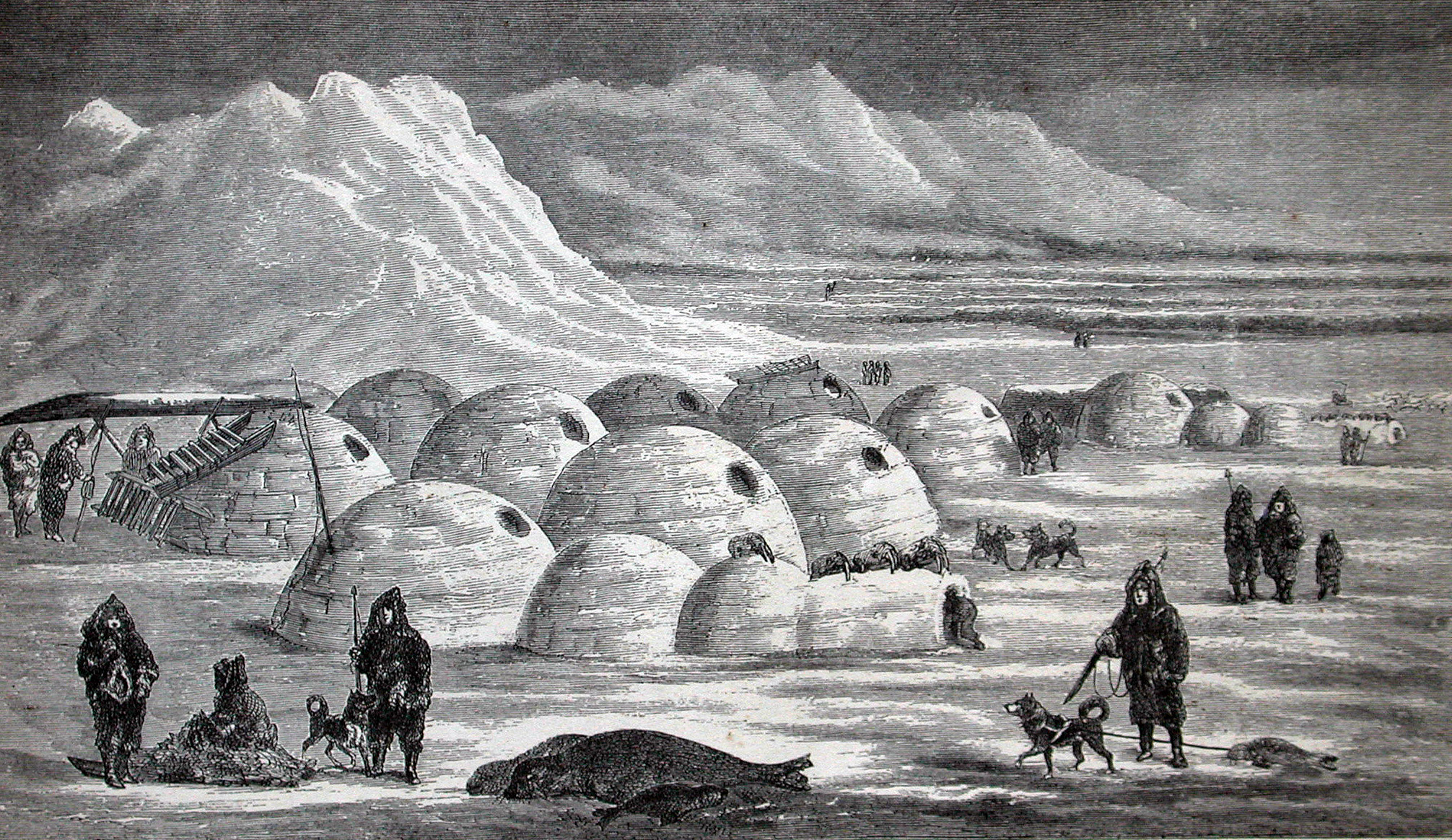click on the site
https://www.asiangeo.com/heritage/the-pyramid-of-gunung-padang/
I actually believe several Moai statues on Easter Island are older than 1100 AD considering how deep some of them have been buried only exposing their famous head while the rest of the body are underneath the ground. It takes thousands of years to build up that much dirt to cover it up. It's possible that we maybe looking at an Antediluvian culture or pre-flood culture dating back over 10,000 years ago. There are over 900 Moai statues visible on the island. There are some more underneath the ocean and likely some more underneath the ground completely covered by soil and vegetation. There's at least one that was taken away from the island decades ago.
Considering how isolated this small island is to the rest of the world is truly mind boggling. Why construct it here only? There's even finely cut and place Pre-Inca stones on the island which suggest that they had maritime trade with the South American people. Easter Island(Rapa Nui) was likely a multi-ethnic society with each group having their own style of construction methods. We don't know who were the first people to inhabit the island either.
There's another isolated small island to the west called Rapa Iti. This island reminds us of the mound building culture in the eastern half of North America and South America. There are a dozen mounds located on top of the mountains or rolling hills and we don't know if they are related to Easter Island builders or other Pacific Island cultures.
Some stones in Machu Picchu are older than 1400 AD. The megalithic stones that are finely cut and fitted are possibly Antediluvian in origin. Basically, we haven't been able to duplicate their construction methods which may have required advance knowledge and technology.

